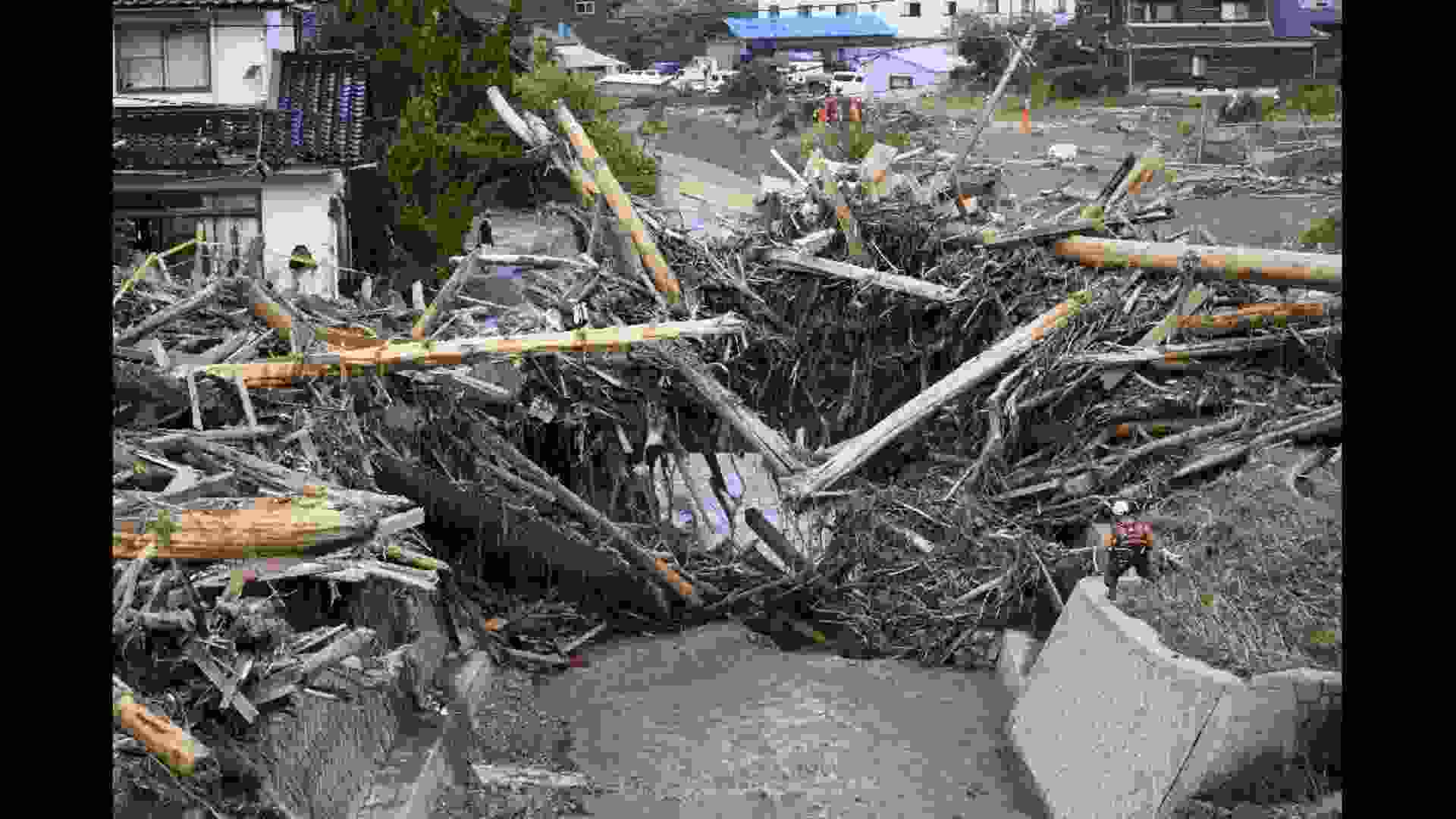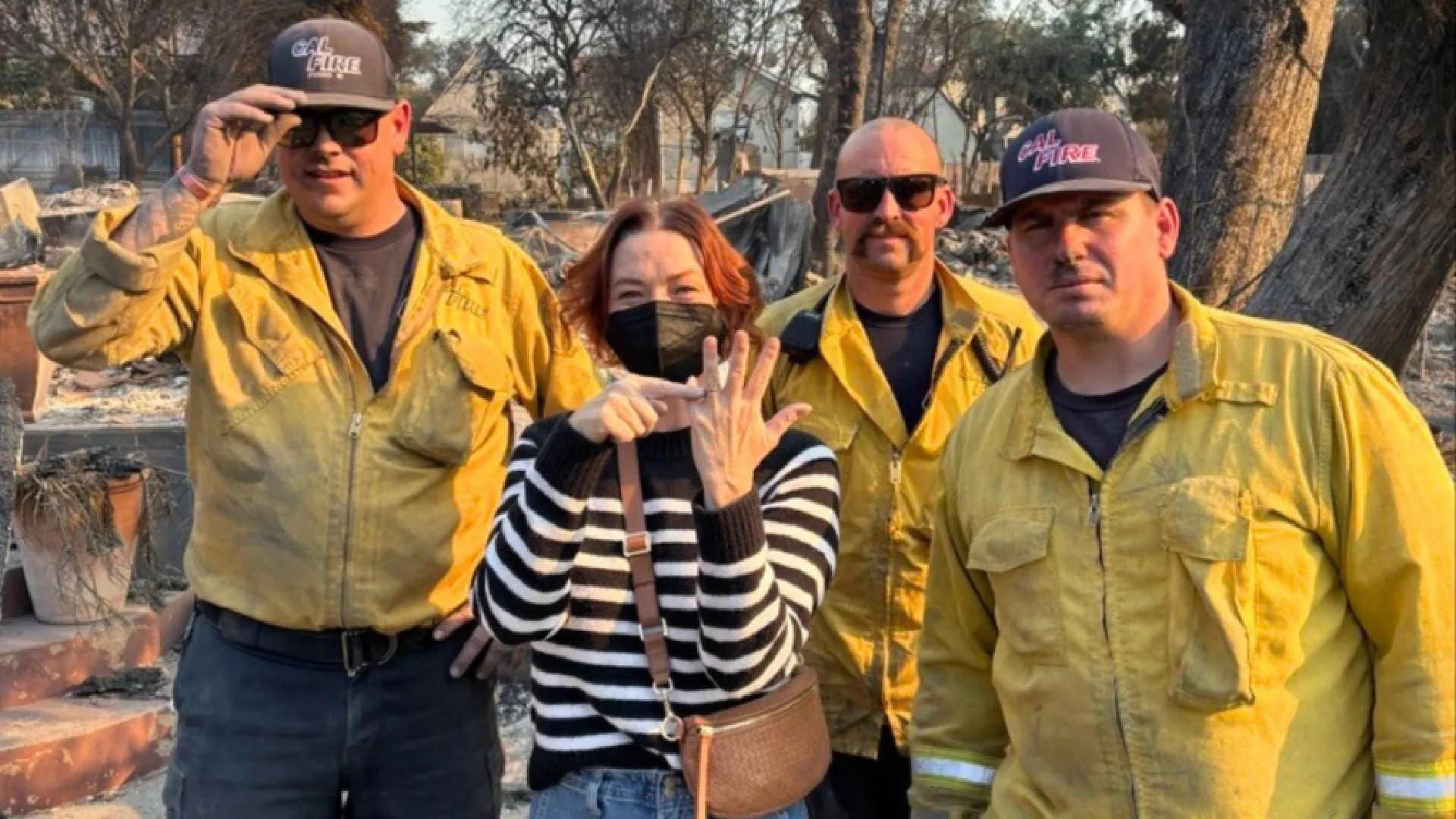A powerful 6.8-magnitude earthquake struck eastern Cuba on Sunday, causing widespread damage in Santiago de Cuba and nearby areas. President Miguel Diaz-Canel reported landslides and power line disruptions, with assessments underway to gauge the full extent of the damage.
The quake, centered in Granma province near Bartolome Maso, where Fidel Castro once held revolutionary headquarters, shook buildings across the region. Residents described it as one of the strongest quakes they had ever felt, with buildings and homes shaking violently and household items toppling from shelves.
Many older structures in the area sustained visible damage, with images showing collapsed terracotta roofs and structural harm to ceilings, walls, and columns. The quake adds to the challenges Cuba has faced following recent hurricanes. Eastern Cuba is still recovering from Hurricane Oscar in October, and a national blackout affected 10 million people last week after Hurricane Rafael struck western Cuba.
The U.S. Geological Survey reported the earthquake’s depth at 14 km (8.7 miles). An earlier 5.9-magnitude quake was recorded nearby, and over 15 aftershocks followed the initial jolts, prompting authorities to caution residents to remain alert.
The U.S. National Tsunami Warning Center confirmed no tsunami threat, while Cuba’s seismic service attributed the activity to a fault line along the island’s southeastern coast, marking the boundary between the North American and Caribbean plates. Havana was not impacted by the quake.





















